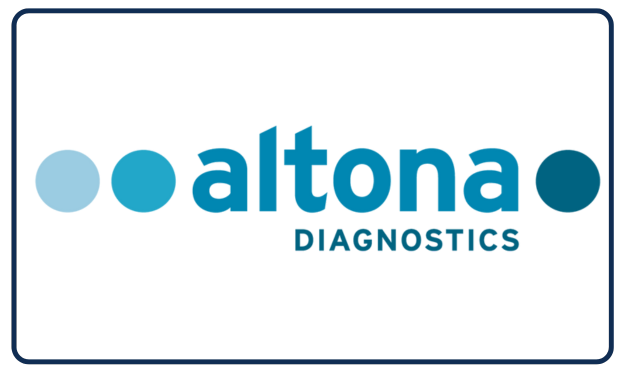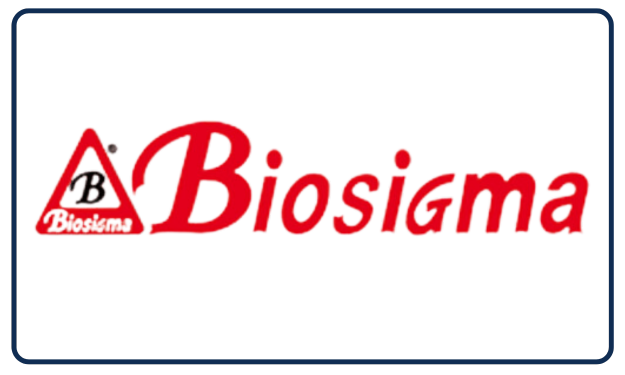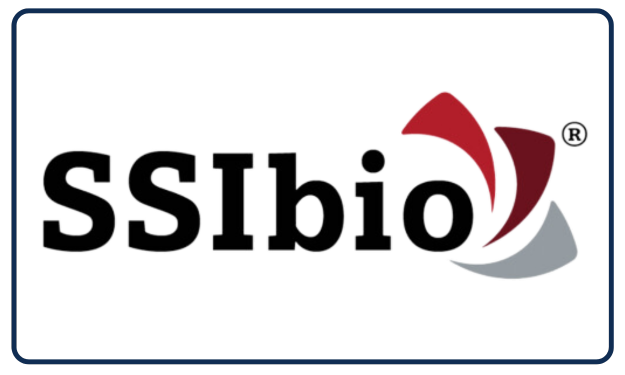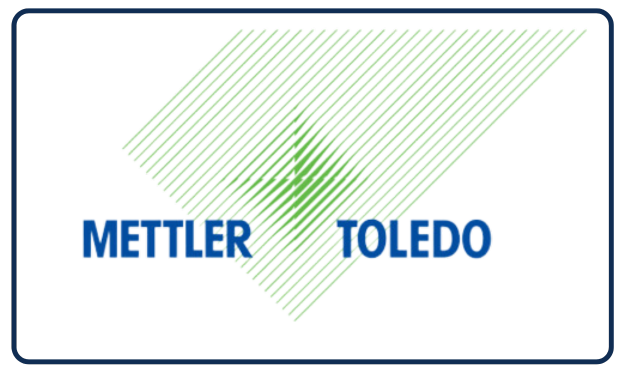Robert Henley, Vijay Kumar, Hiroshi Sasaki, Amy Oh, Jordan Sicherman, Patrick Marks, Francesca Meschi 10x Genomics, Pleasanton, CA.
1. Introduction
Spatial transcriptomics has emerged as a powerful tool that allows researchers to explore the spatial organization of cell types, cell-cell interactions, and cell states by quantifying and localizing gene expression within intact tissues. The Xenium Analyzer provides an end-to-end solution for researchers to perform spatial analysis with highly sensitive and specific detection of RNA. Fully automated multiplexed decoding and computational analysis occurs on the instrument. To date, commercially available Xenium Analyzer panels of 300-500 targets have been used for high-resolution exploration of tissue biology Here, we demonstrate how the RNA multiplexing capabilities of Xenium can be increased tenfold to 5,000 genes, providing comprehensive in situ gene expression analysis for all human tissues. We developed a 5,000-plex gene panel that allows for discovery across a broad range of biological questions, such as pan-tissue cell typing and interrogation of biological processes such as signaling and drug targets modulation across the full breadth of human tissues. The Xenium Analyzer workflow is compatible with a wide range of species and tissues, both fresh frozen and FFPE, as well as cell suspensions and cultures. Xenium Analyzer offers high sensitivity with exceptional specificity and throughput.

2. Methods
We profiled a normal adjacent (NADJ) 10 μm thick fresh frozen human liver sample using the Xenium Analyzer and 5000-gene Xenium Human Gene Expression Panel. Each tissue sample was placed on a 12 x 24 mm Xenium slide and underwent fixation and permeabilization, followed by DNA barcoded probe hybridization to mRNA targets. After hybridization, DNA probes were circularized via ligation and underwent rolling circle amplification. The slides were loaded onto the Xenium Analyzer for fully automated fluorescent decoding of RNA molecules and multi-modal cell segmentation, followed by onboard analysis and clustering using Xenium Explorer software (development version, 10x Genomics). H&E staining was performed on the same section following the instrument run.

Figure 1. Xenium workflow including sample preparation, library preparation, onboard decoding, and data visualization.
3. Profiling of ~2M cells with 5000-plex in ~5 days
In this Xenium Analyzer run, we analyzed two slides containing two large tissue samples, one fresh frozen liver and one fresh frozen ovary. In total, 915 fields of view (FOVs) were imaged with a combined area of 420 mm2. The imaging run completed in 5.2 days (124 hours) excluding analysis.


Figure 2. (A) H&E staining of the liver section post-Xenium run. Review by a certified histopathologist indicated normal healthy tissue. (B) Multi-modal segmentation and unsupervised clustering of segmented cells based on their gene expression profiles. (C) UMAP projection of unsupervised cell clustering.

Figure 3. (A) Histogram view of Q20 transcripts detected per cell for each individual cell. (B) Histogram view of the genes per cell for each individual cell.
4. Metrics Table

Table 1. Performance metrics for human fresh frozen liver run on the Xenium Analyzer with the 5k gene panel. Imaging time is for two slides, all other data corresponds to only the single slide that is analyzed here.
5. Marker gene spatiality
Below are transcript density heat map plots of some common liver cell type marker genes. With these heat maps, we can easily identify major liver cell types and look for aberrant expression, such as CDKN2A, which is a marker for hepatocellular carcinoma.

Figure 4. Transcript density plots for major liver cell marker genes are shown: CYP1A2 – hepatocytes, DPT – hepatic stellate cells (HSCs), SFRP5 – cholangiocytes, MARCO – Kupffer cells, and CDKN2A – hepatocellular carcinoma.
6. Cell type annotation and neighborhood niches

Figure 5. (A) Automated cell type cluster identification using the sctype database 1 and scanpy software 2 recovers all major liver major cell types, including 11 unique hepatocyte clusters, three hepatic stellate clusters, three Kupffer cell clusters, one cholangiocyte cluster, two endothelial, one smooth muscle cell cluster,three immune cell type, and three unique cancerous clusters. (B) Neighborhood analysis reveals six unique spatial niches corresponding to the zonation of the liver lobules, portal triads, and the increasing levels of cancer marker genes as the lobules transition from orange to blue to green, indicating that this sample is positive for hepatocellular carcinoma.
7. Conclusion
The utility of the 10x Genomics 5,000-plex human gene expression panel on the Xenium Analyzer system was demonstrated by imaging a combined 420 mm² in 124 hours. Analyzing a human liver sample slide revealed a median of 408 transcripts per cell across 1,018,026 cells, with a false discovery rate of 0.3%. This analysis identified 26 unique cell types and five spatial niches, confirmed by visualizing marker genes. The 5,000-plex panel offers robust coverage for cell type classification, drug target interactions, cell-cell signaling, biological pathways, and more across all human tissues.
References
1. Palla, Giovanni, et al. “Squidpy: a scalable framework for spatial omics analysis.” Nature methods 19.2 (2022): 171-178.
2. Ianevski, Aleksandr, Anil K. Giri, and Tero Aittokallio. “Fully-automated and ultra-fast cell-type identification using specific marker combinations from single-cell transcriptomic data.” Nature communications 13.1 (2022): 1246
Source: In situ detection and subcellular localization of 5,000 genes using Xenium Analyzer
------------
GENESMART CO., LTD | Phân phối ủy quyền 10X Genomics, Altona, Biosigma, Hamilton, IT-IS (Novacyt), Norgen Biotek, Rainin tại Việt Nam.











